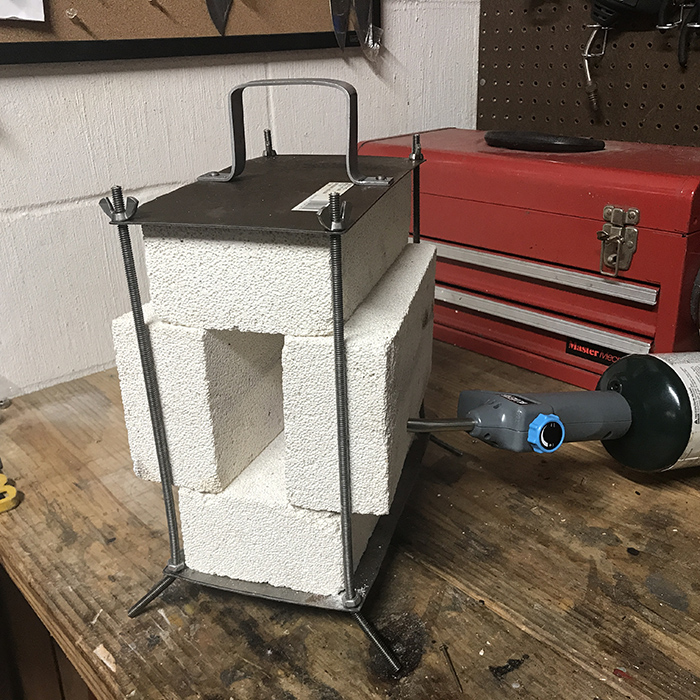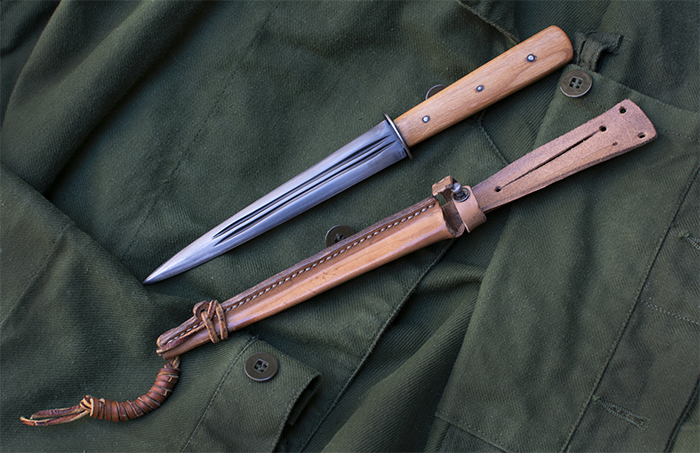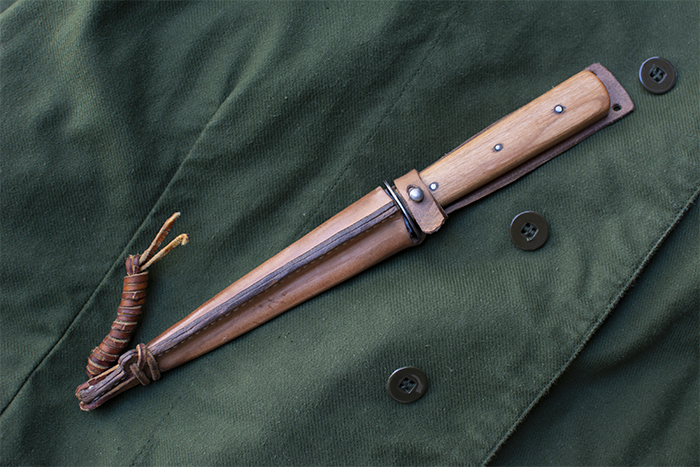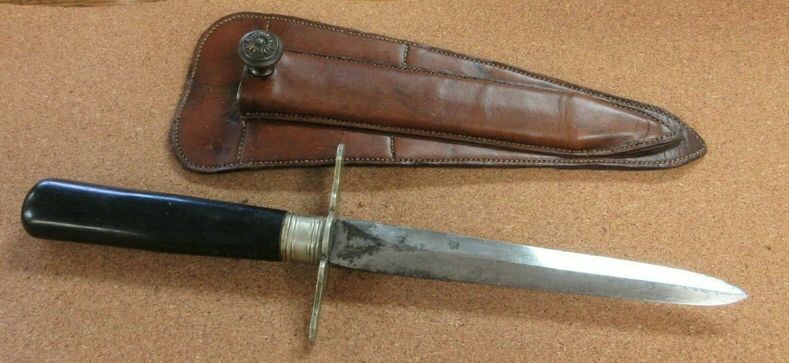Posts: 5,981 Location: Birmingham, Alabama
Mon 10 Jan, 2022 5:45 am
Dan: Yeah, I don't understand WS logic sometimes. The edges of the WS blades I've gotten are a long way from sharp, and these thick dagger blades need significant filing to be credible for the their (theoretical) purpose. On the other hand, they are often extremely sharp at the point, which is actually more dangerous than a reasonably sharp "starter" edge. So, if the blunt edges reflect a safety concern, they need to rethink things. My guess would be that there is a single blunt "Windlass" edge used for everything from knives to swords, and it's just more noticeable/annoying on knives.
Glen: The classic German WWI trench knives were another inspiration for this project. I love those, and considered adopting the slanted cuts of those scales for mine. That's a beautiful set you have there. Well matched, old and new.
Michael: I'll second your recommendation of files. I'll happily use the sanding wheel of a bench grinder for coarse shaping, and I find that much easier to control compared to a belt. But otherwise it's all files. My new heat source is this adjustable bench-top propane forge I slapped together mostly with stuff I already had on hand. I can adjust the size and shape of the chamber by loosening the wing nuts, re-positioning the bricks and re-tightening. It would be easy to make something bigger and neater, but I think this will serve. I've been using the bricks stacked like this without a frame just to be sure I wanted to go this extra step. It's definitely worth it. This particular setup doesn't take up any more space than the separate components.
 Attachment: 351.43 KB
Attachment: 351.43 KB




